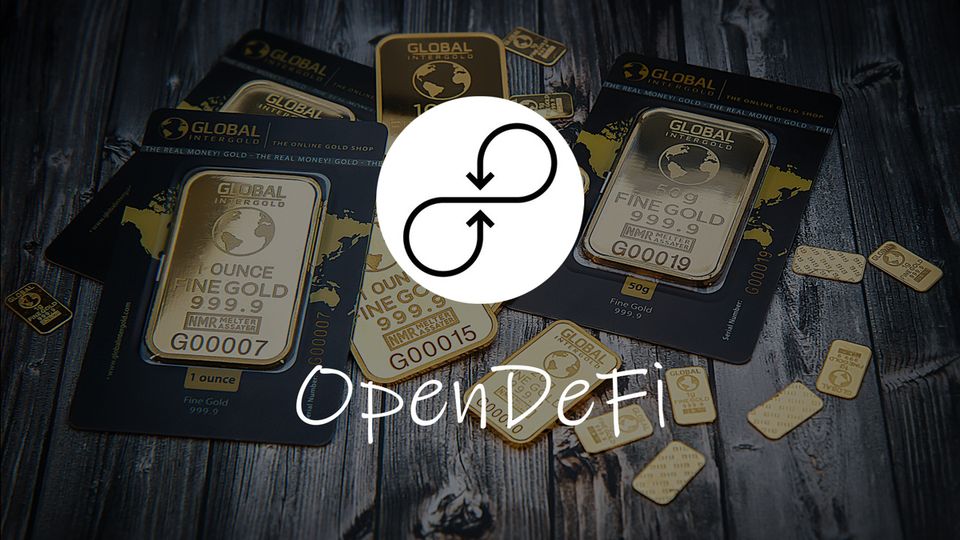What is OpenDeFi? Tokenizing Real-World Assets

OpenDeFi aims to bridge the gap between real-world physical assets and decentralized finance (DeFi). Developed by Oropocket, the protocol’s governance ORO will soon become publicly available via their upcoming Uniswap listing. Great time to learn about the platform!
What is OpenDeFi?
While DeFi platforms continuously see a massive rise in adoption, the platforms mainly focus on cryptocurrency assets that operate entirely in the blockchain. As a result, users miss out on a whole sector of traditional financial institutions notably commodities such as silver and gold. OpenDeFi Protocol enables ownership of real-world assets on the blockchain by tokenizing them. Additionally, as these assets will live on-chain as tokens, developers will be able to create applications to generate and capture more value.
Benefits of OpenDeFi
For starters investing in physical assets through traditional routes is quite difficult. Gold doesn’t usually come in small amounts and it is heavy. Furthermore, commodities are regularly a target for counterfeit attacks. By Tokenizing gold and silver bars with OpenDeFi, it enables users to trade them instantly, much like how you transfer Ethereum or other cryptocurrencies.
Key benefits of OpenDeFi:
- Users have a decentralized path to gaining exposure to real-world assets such as gold and silver.
- Instantly trade between different asset classes with low slippage and no liquidity barriers.
- Take out instant crypto loans using your assets as collateral.
- Earn rewards for participating in the network via liquidity mining programs.
- Earn interest from staking.
- Designed for cross-chain support, not stuck on one network.
It’s important to understand that OpenDeFi is not a synthetic asset generation protocol such as PerlinX. Meaning the tokenized gold bars are not minted out of thin air to just track an asset price. As a result, there are real gold bars in a secure vault with independent daily audits and it complies with international regulations. A process OpenDeFi shows is possible via their proof of concept: Oropocket.
What is OroPocket?
You could see OroPocket as the backend infrastructure for OpenDeFi, essentially, it is the wallet where users can manage their tokenized assets. Whereas holding fiat currency loses value every day through inflation, OroPocket lets you keep your money in real-world assets.
Through OroPocket users can do the following:
- Transfer assets around the world instantly.
- Spend instantly with an asset-backed crypto debit card.
- Stake to receive a flash loan.
- Earn yield on all the assets held in the wallet.
All the tokens held in OroPocket are 100% insured, backed by physical assets held by a custodian (not the company), and audited every day by third parties.
Looking to the future: ORO Token
ORO the governance token for the platform will start trading on Uniswap this month. As development is community-driven, token holders will be able to vote on decisions that concern protocol parameters and which assets are available.

Investors interested in joining the public sale on Uniswap should note the following:
- The initial supply is 100,000,000 ORO and the tokenomics are inflationary.
- There are plans for buybacks and burning events, though this will only really start once the protocol is live.
- OpenDeFi went through a round of private investment which raised $1 million. A percentage of these tokens will unlock during TGE (Token Generation Event).
Currently, the mainnet launch will focus on tokenizing Gold & Silver. However, the team intends to add other assets such as stocks, exchange-traded funds, wine, whisky, and real estate. Furthermore, the development team is building on Ethereum along with using Matic and Tezos as a Layer 2 solution. Excitingly, this means the platform should not face scalability issues caused by high network fees and congestion.
